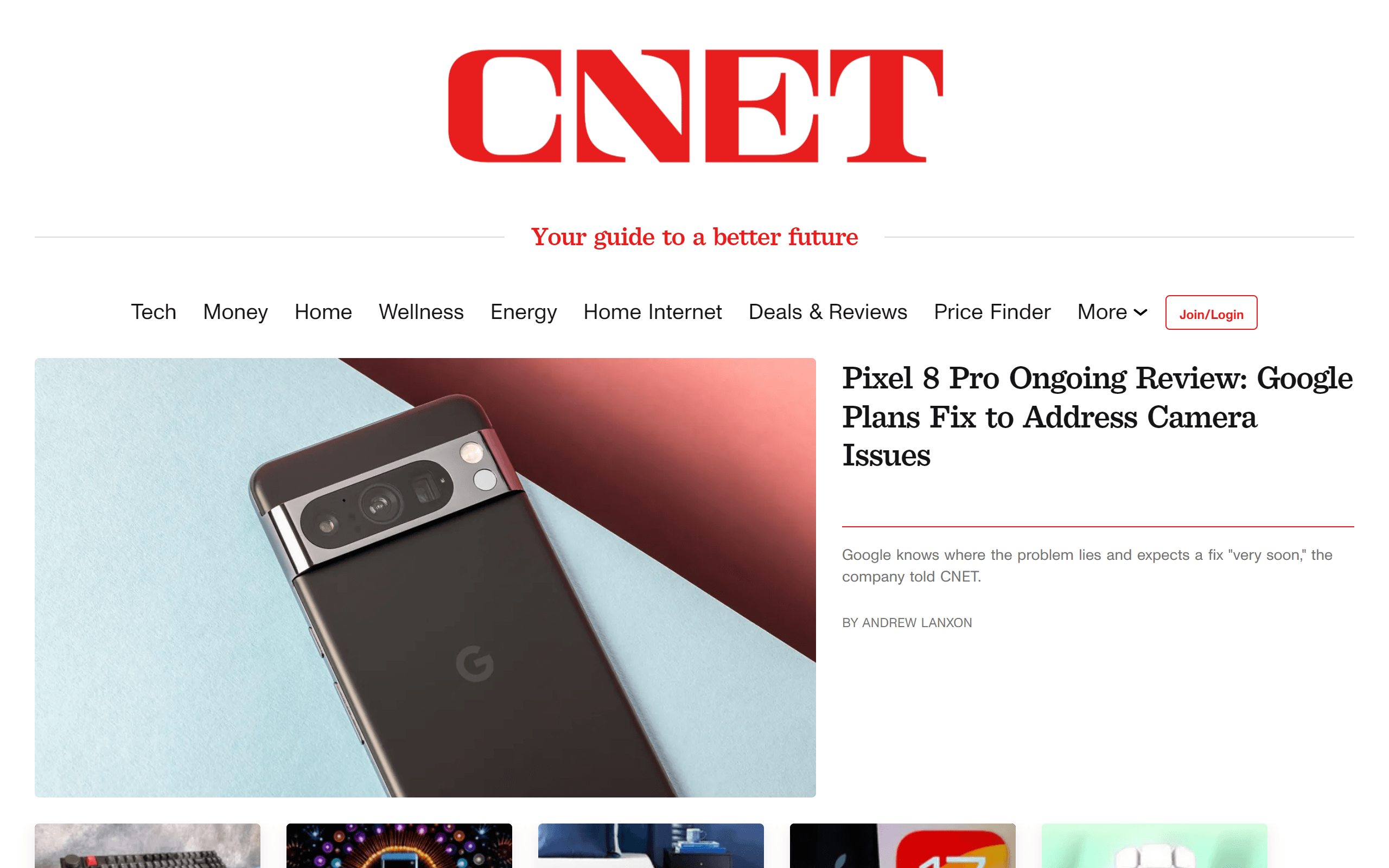Enhance Your Understanding with the Best tech blog Including Industry Experts
Enhance Your Understanding with the Best tech blog Including Industry Experts
Blog Article
Exactly How Blockchain Innovation Is Revolutionizing Data Protection
Blockchain innovation is fundamentally changing the landscape of information protection by introducing a decentralized structure that promises enhanced transparency and strength. Unlike conventional systems, which rely on central data databases, blockchain disperses data across a network, decreasing vulnerabilities and single points of failure. The usage of advanced cryptographic techniques ensures that data continues to be tamper-proof, cultivating trust among stakeholders and users.
The Essentials of Blockchain
Blockchain technology, an innovative idea in electronic information monitoring, fundamentally changes just how details is stored and protected. At its core, a blockchain is a dispersed journal that tape-records deals throughout a network of computer systems, making sure transparency and immutability. The modern technology operates on a chain of blocks, each having a listing of purchases. As soon as a block is filled up, it is time-stamped and connected to the previous block, developing a sequential chain.
Trick to recognizing blockchain is the hashing procedure, which secures transaction information right into an one-of-a-kind alphanumeric code. This cryptographic feature makes certain that any kind of alteration in the purchase information causes an entirely different hash, thus protecting against meddling. The agreement system, another crucial element, verifies and validates new purchases with a network of nodes, consequently getting rid of the requirement for a central authority.
In addition, blockchain's append-only framework makes sure that information, as soon as added, can not be erased or changed. This characteristic assurances a proven and permanent record of transactions, fostering count on amongst participants. As an outcome, blockchain offers a robust framework for information integrity, supplying sectors a reputable technique for monitoring and managing electronic information in a safe, clear fashion.
Decentralization and Protection
Decentralization, a core concept of blockchain innovation, significantly enhances data safety by distributing control across a network rather than counting on a single, central entity. By dispersing data across countless nodes, blockchain guarantees that also if one node is endangered, the whole network remains safe.

In addition, decentralization encourages customers with better control over their information. Each individual in the network has accessibility to the entire blockchain, allowing them to confirm and investigate deals separately. This openness fosters trust fund among individuals, as they do not have to count on a central authority to make sure data stability. In general, decentralization is instrumental in boosting data security in blockchain networks.

Cryptographic Methods
At the heart of blockchain technology, cryptographic methods play a critical function in securing information, ensuring both privacy and stability. Cryptography in blockchain employs a mix of crooked and symmetrical algorithms to encrypt data, making it accessible only to licensed parties.
Hash functions are an additional critical part, changing input data into a fixed-size string of personalities, successfully producing a special digital finger print for each block. This ensures that any effort to modify the information will certainly result in an entirely various hash, thus preserving the immutability of the blockchain. Electronic trademarks their explanation verify the credibility her latest blog and stability of deals, giving a layer of non-repudiation.
The decentralized nature of blockchain, integrated with robust cryptographic strategies, eliminates the need for middlemans, lowering possible vulnerabilities. As blockchain modern technology develops, improvements in cryptography such as zero-knowledge evidence and homomorphic file encryption remain to boost safety and security measures, better strengthening information protection in this cutting edge electronic journal system.
Use Instances Across Industries

In the healthcare industry, blockchain guarantees the protected storage and sharing of client records, promoting interoperability while securing sensitive data from unauthorized access. This modern technology encourages patients with control over their case history and assists in seamless control amongst doctor.
Supply chain monitoring benefits considerably from blockchain's immutable ledger, which guarantees traceability and credibility of products from origin to customer. By enhancing transparency, blockchain helps mitigate concerns such as counterfeiting and unethical sourcing.
Additionally, blockchain's decentralized nature is improving the power field by enabling peer-to-peer energy trading, where customers can acquire and sell excess renewable resource straight. This promotes an extra sustainable and effective power environment.
In the realm of intellectual residential or commercial property, blockchain supplies a tamper-proof platform learn this here now for creators to sign up and protect their works, making certain rightful acknowledgment and fair payment. These varied usage instances underline blockchain's duty as a crucial force in redefining data safety and security across sectors.
Future of Data Defense
As we want to the future of information defense, blockchain technology is positioned to play a pivotal role in safeguarding electronic details. With its decentralized and immutable characteristics, blockchain uses a durable structure for safeguarding sensitive data versus unauthorized access and cyber risks. This modern technology guarantees that as soon as data is videotaped, it is nearly impossible to change without detection, therefore giving a substantial advantage over typical information storage methods.
The assimilation of blockchain with various other advanced innovations, such as artificial knowledge and the Internet of Things (IoT), is expected to enhance information defense strategies even more. By leveraging wise contracts, organizations can automate and implement safety protocols, minimizing human mistake and enhancing efficiency. Additionally, blockchain's capability to supply transparent and deducible transactions will certainly strengthen trust fund and liability in information monitoring techniques.
As governing landscapes evolve, blockchain's compliance-friendly nature will certainly come to be significantly pertinent. It can aid companies fulfill rigorous information defense laws, such as the General Information Security Guideline (GDPR) and the California Customer Personal Privacy Act (CCPA), by providing verifiable records of information processing activities. Eventually, blockchain's special attributes position it as a transformative device in the recurring quest to secure the digital globe versus ever-evolving cyber risks.
Conclusion
Blockchain technology represents a paradigm shift in information protection by leveraging decentralization and cryptographic methods to boost openness, count on, and information integrity. As cyber hazards advance, blockchain emerges as an essential tool for durable data protection throughout numerous markets.
Blockchain modern technology is fundamentally changing the landscape of information safety by presenting a decentralized structure that promises improved openness and strength. Unlike traditional systems, which depend on central data databases, blockchain distributes information throughout a network, minimizing susceptabilities and single factors of failing.Decentralization, a core concept of blockchain technology, considerably improves information protection by distributing control throughout a network instead than relying on a singular, centralized entity.At the heart of blockchain innovation, cryptographic methods play a pivotal role in protecting information, guaranteeing both privacy and stability.Blockchain modern technology represents a paradigm shift in data safety by leveraging decentralization and cryptographic techniques to enhance transparency, count on, and data honesty.
Report this page